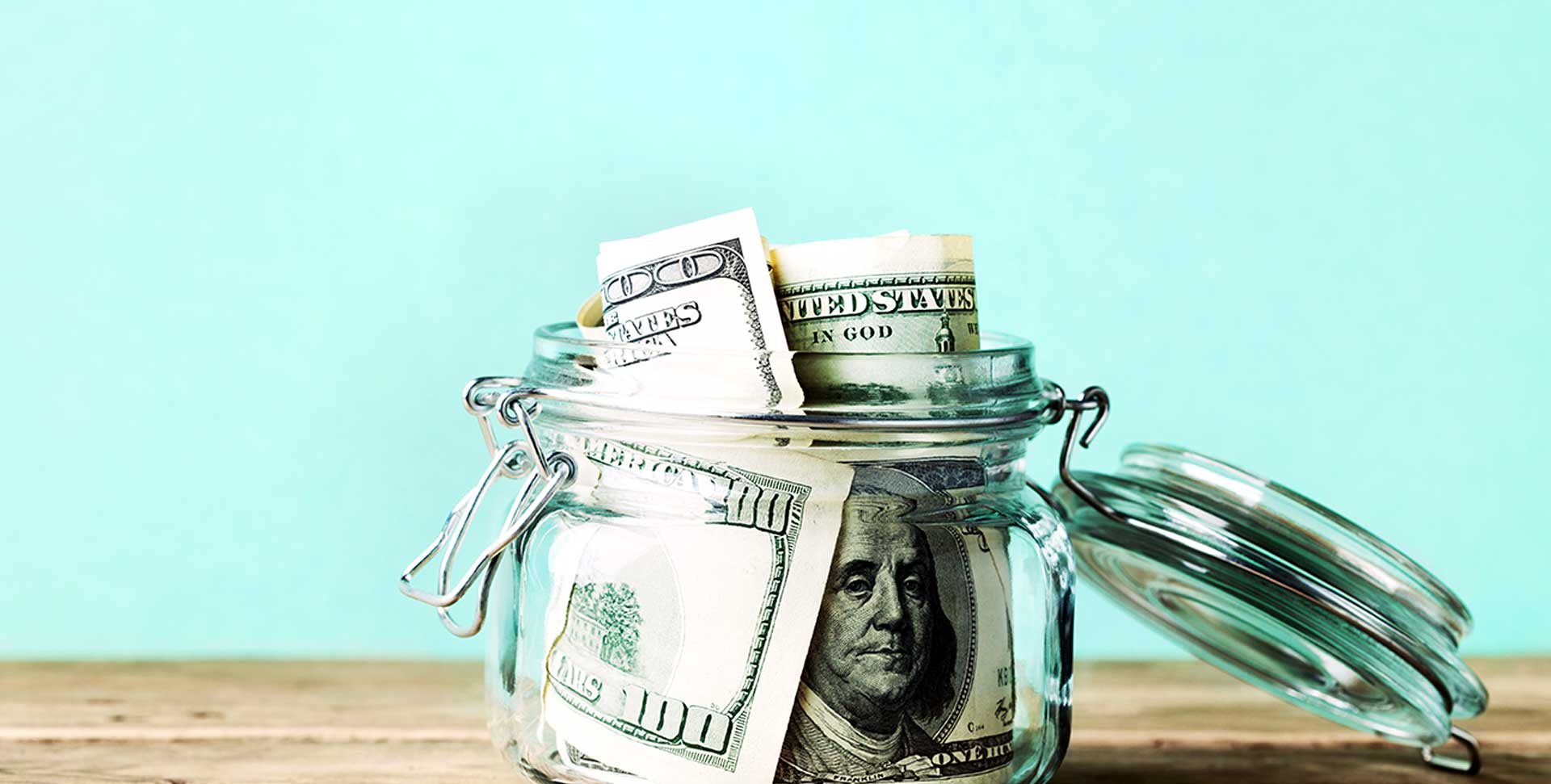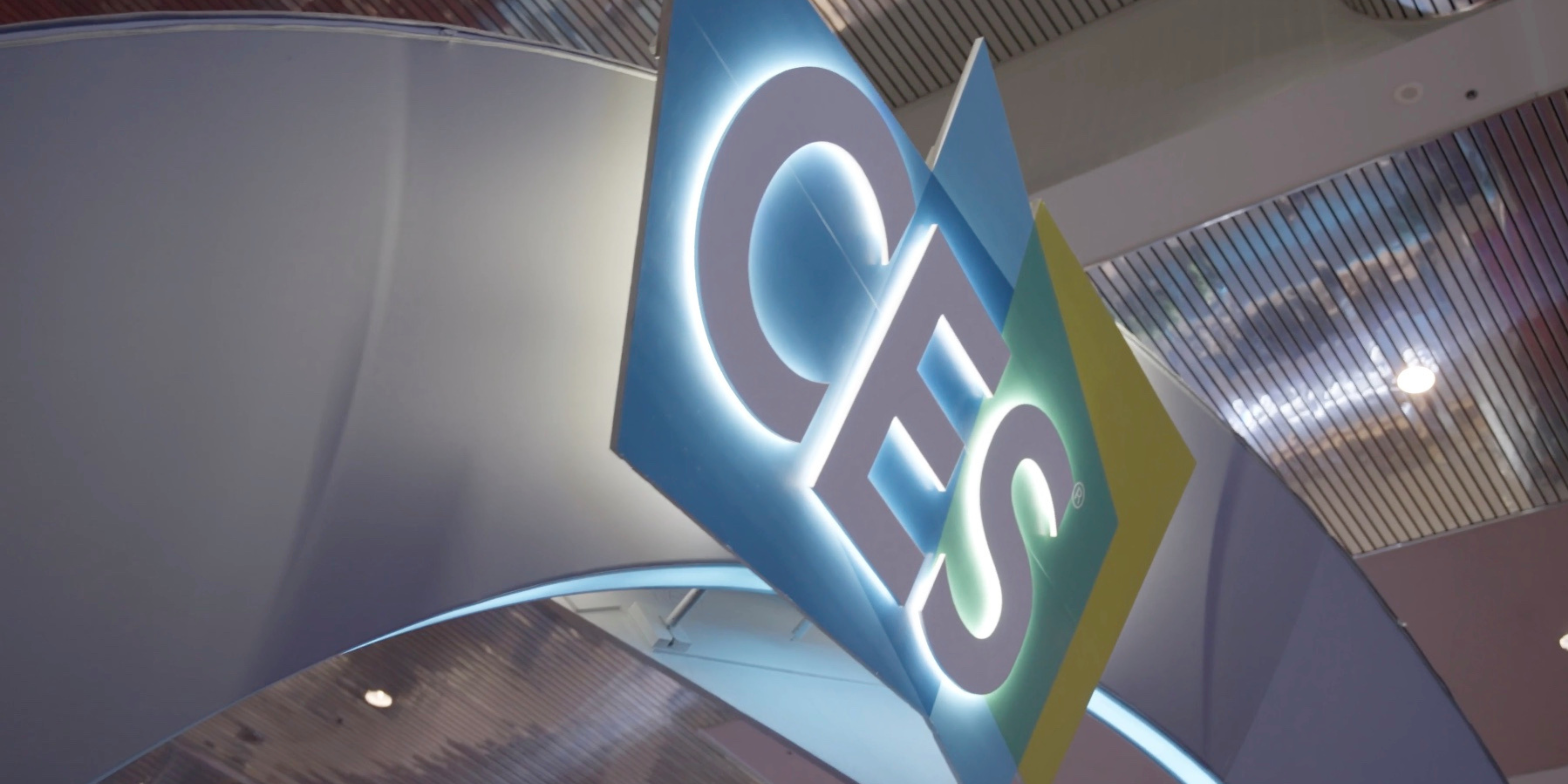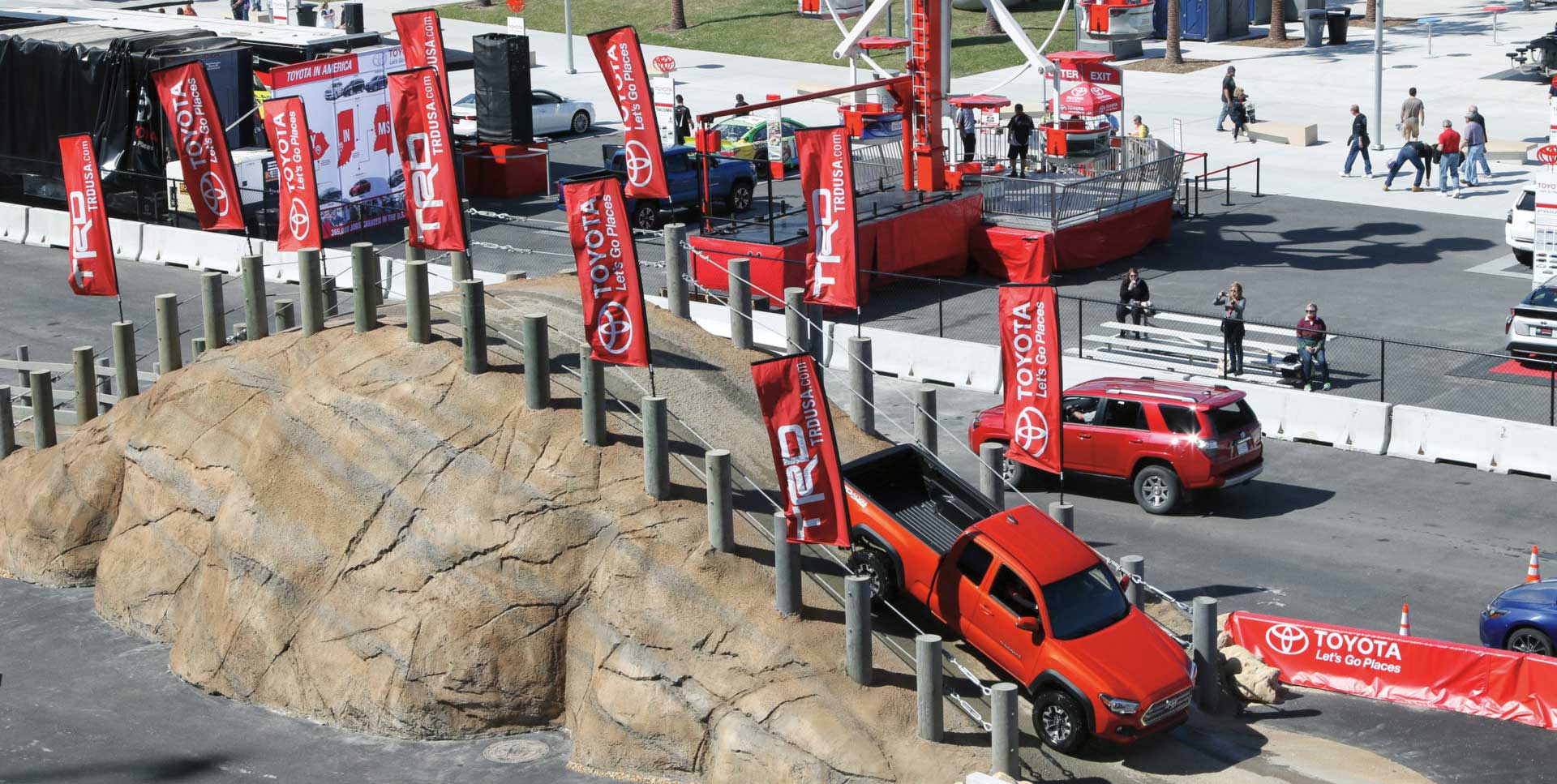
Finding value in your exhibit spend
The amount of money that you spend on exhibiting materials can be a tight rope act. You have to walk the line between “I need to upgrade to increase my ROI” and “If it ain’t broke, don’t fix it.”
Enter Value Engineering
Anyone who wants to understand the many alternatives available for today’s exhibiting materials would do well to become familiar with the concept of “value engineering.” Value engineering shifts things away from a traditional cost-cutting exercise and instead becomes a creative, organized effort to explore options. The idea is that by analyzing the requirements of a project in terms of your specific goals, you can better identify ways to guarantee those core functions for the best investment over the lifespan of the project in question.
For exhibit management in particular, value engineering can help identify new ways to maximize efficiencies in terms of initial capital, staffing, energy, maintenance and more, all while still allowing you to solidify your objectives on the day of your next big show.
Value Engineering in Action
In terms of your trade show booth or other exhibit materials, value engineering is all about maintaining the quality and impact of your exhibit while investigating cost alternatives. This challenge can be incredibly simple in practice. Contrast a booth with many parts or oversized parts against one with fewer parts where those parts are standard sizes. You will immediately see cost efficiencies without loss of quality – or creative vision.
Crates vs. Maintenance
Value engineering can help dictate how your materials should be shipped and stored depending on your budget, as well. Shipping your items loose versus in a crate may appear cost efficient in the short run, but if you have a busy exhibit program, loose parts are more easily lost or damaged, which eats into your budget in the way of maintenance or replacements.
Material Things that Matter
Value engineering can also allow you to maintain the quality and impact of your exhibit by forcing you to question not the materials themselves, but the type of materials you’re using. Compare the expenditure between 3D materials and 2D alternatives. Imported materials versus sourcing the same items domestically. A place where you should not stint is where visitors have direct contact with your exhibit. Surfaces, hardware, and moving parts that visitors will touch and manipulate should be of a quality to stand up to hard use and project the quality that reflects your brand.
At the end of the day, these are all important considerations to help you maximize your investment. You have the opportunity to give each element individual attention and stretch your budget as far as it will go, without compromising on quality but instead working smarter, not harder.




